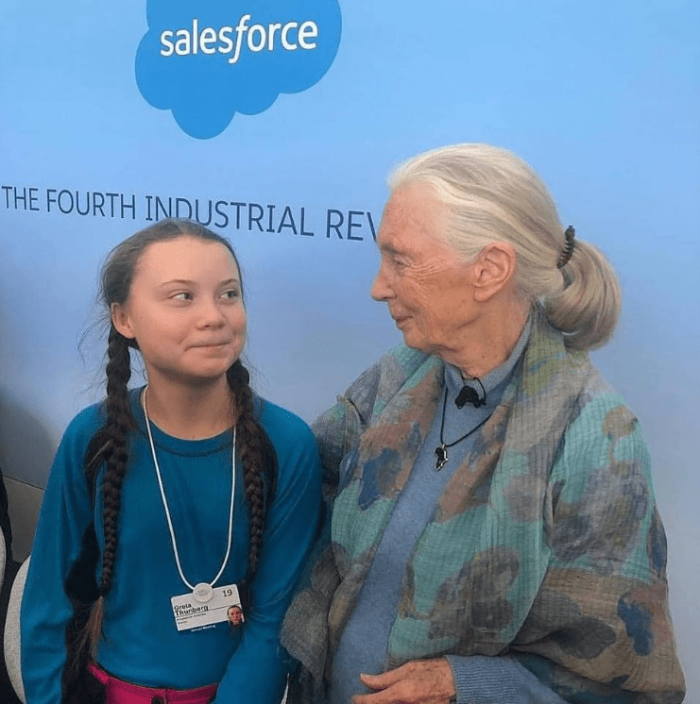Liberalism in India – a Beast that Devours By Way of Shapeshifting
February 8, 2023
By Varun Mathur
Mahishasura by Tyeb Mehta, 1997. [Mahishasura is a bovine asura in Hinduism. He is depicted in literature to be a deceitful demon who pursued his evil ways by shape-shifting]
I In India, with this very deep socialist ideal of equality and justice for the working class, for labour, what has happened since the 90s has birthed a new kind of beast. Liberalism has inculcated a sense of entitlement in terms of indulgent material progress, while simultaneously meting out highly compromised education on one hand. Agents of equality and progress pose the liberal identity as the ultimate emancipation. On the other hand, with the state providing vocational specialised training for heavy-machine work for example, a sense of change and development is fostered. Access to the liberal economy has replaced any real sense of justice or change in the imperial and feudal structure. The rulers are now not in some palace in the district, but sitting in board rooms in far-away places. An example where I am (India), is that the population has been forced into a destructive kind of entrepreneurship like setting up badly built theme parks / adventure parks or bnbs, selling or leasing out farming land. The idea of freedom is being able to watch reels on Instagram on a smart phone, spend money at malls and pick and choose what to watch on Netflix or something similar.Progress and development directly mean how much money one has and can spend within the liberal economic model. And identity, and freedom, are then dependent on WHAT one spends money on. The step into the cult of manufactured personalities is complete. Even though there is some collective retention of let’s say old world philosophy, like the mystics’ poems, or even of some religious aspects of relationality, (with self/other/nature) the veneer of liberalisation, of capital and access to capital as paramount, as a means for emancipation, has degraded whatever little historical cultural trajectory one of the oldest cultures of the world possessed. Or, could have possibly been restored, even after centuries of rule by a private corporation under the banner of imperial England. There has been a very deliberate disruption of what could have been an organic trajectory of culture. Instead of ironing out the kinks in the diversity – the problems within the caste hierarchy for example, or even the in-fighting between multiple religions – the capitalist homogenisation project has forcibly fractured the collective psyche where people live unbelievably unequal lives, but seem to believe there is an escape through this homogenisation project into an equal and just way of living. So on the one hand is this great ideal, a sense of entitlement is fostered, but without the requisite integration of the individual into what is touted as a just society. Even within the liberal, culture-destroying homogenisation project, which holds its ground based on ‘giving access to better living’, the class hierarchy is itself continuously reimposed and reiterated, but under capital instead of religion, while pretending to uplift the working class and neutralise the abuse and injustice.
Only one realization is truly needed to begin the process of dismantling this kind of a system, whether in India, or anywhere else. Participation in this ‘global liberal economy’ perpetuates modern slavery in the world in absolutely unforgivable conditions. For example – a desire to have the latest phone is directly related to children working in mines, as well as the growing heaps of electronic waste littering continental coastlines and landlocked ecologies around metropolitan centres. The working class in India, who might even fight for their rights to a decent living perhaps when their survival cycles give them some respite, are forced to contend with this ‘new technological age’ by being forced to buy phones. Or ‘be left out’. Inadvertently fueling the supply chains which put to work children in mines in countries in Africa. Glorified middlemen have nothing and own nothing – they make billions from running international supply chains just like these. What is the underlying narrative? ‘Bringing the world to your doorstep’? What do we imagine is going on behind that process for every single object we desire to own? Quite literally, billions of lives are directly involved in running the mines, manufacturing and assembly plants, transportation, and retail for each object that any one person may desire to have. And that to have for a limited span of time, given how pervasive ‘changing trends’ are, and how deep the manufactured obsolescence is embedded. These kinds of supply-chains do not end when we discard an object. They continue till the unseen lands where children sift through waste, scavenging whatever they can sell, so they might be able to eat that one meal on the day. The world at my doorstep is not just that neatly packaged brand new cellphone ordered and paid for online. The world at my doorstep is also the hungry stomachs of those children in the mines and in the wastelands, it is the frail limbs of the aged who can no longer work their small farms, and their children who would rather work in call centres. So they can afford the next phone, and go to the mall. You know, develop a taste for ‘real progress’.
The dream of the single mother of two, selling vegetables in the blistering heat and freezing cold on the streets of Delhi is that her children can have access to a better life than she has had. She will do anything to get them through the education system. One that will provide them second-hand knowledge posing as experience, and eventually teach them that billionaires and celebrities are the demigods of this planet. Slums like the one where she lives will be flooded with aspirational marketing campaigns through, amazingly, freely available channels. A deluge of mind-altering propaganda. Seeding aspirations to strive to become fully part of this global project. They will become slaves to the dreams of others – those who relentless want to increase profits by any means, competing rabidly by selling the old repackaged as something new. The only thing new is always just the shiny advertising campaign. We become slaves for each other, and continue to perpetuate the cycle of neoliberal capitalism through our aspirations, where hyper-consumption is equated with abundance.
This collective delusion, of hyper-consumption and ‘all-access’ ideology being equated to abundance, must be destroyed. The root of this is the imperialised desire of the individual. The individual has no control over what it desires in modern industrial civilisation. It is indoctrinated into what it should desire. It lives a life of spiritual and financial debt and invalidation at the hands of this system. As it strives to gain the validation of the system, and perhaps even rises on that proverbial class ladder, it will continue to perpetuate slavery for itself, and for others in unseen and unknown places.
While this hunger for this kind of material abundance of single-use/throwaway culture, short life span objects continues to spread relentlessly in younger populations, the establishment has us all glued to their ‘on and off’ switch. Through the last decade the swine flu, the avian flu, dengue, and now cv19 have been normalized. The establishment can now trigger a reaction in the public at any time by printing/relaying any unsubstantiated statistic on mass media. This has been a long few years of entrainment of a new psychological imprint. Retail is therapy in times of high-stress. Indulge yourself. The world is your oyster. Consume what you can, because you will die soon. And so on, and on. And on. One must fight to get that life back before 2020 hit us all.
The result of such narratives is quite stunning and very dangerous. The abating of the pervasive fear continuously peddled over the last decades, and especially the last three years, is just a faint hope. The immense propaganda is a thick layer which will have to be negotiated to live a life anywhere close to calm or peaceful. People will make their compromises, to try and get a taste of normalcy. That ‘old normal’. One that was already pathologically abnormal and abusive.
[Varun Mathur has worked as Cameraman, Field Producer, and Writer/Director primarily in documentary film for multiple national and international productions since 2004. He has travelled extensively for film projects in India, western Africa, Europe, and South Africa. These projects have spanned all kinds of situations; including prisons and red-light districts in Western and Southern Africa, the upper Himalayas, Tibetan Buddhist monasteries in north-eastern India, and countless indigenous tribal regions of India. His qualifications and interests are centred on critical theory, cultural theory, indigenous belief systems, mythologies, and narrative building. He is a musician and an artist in his spare time. He lives between Naukuchiataal in the state of Uttarakhand, and New Delhi, India.]


![The Dreambox mathematics application: "Within one minute of work, the program can collect, analyse and respond to more than 800 pieces of data about a student and how he or she learns, according to the organization." [page 9]](https://i0.wp.com/www.wrongkindofgreen.org/wp-content/uploads/2021/01/New-Vision-For-Education-WEF.jpg?resize=500%2C700&ssl=1)


!["Greater income inequality, increased unemployment, growing dependence on government, and more mass migrations are a few of the most pressing problems that failing to train the next generation of workers for the digitally driven economy will bring." [page 3]](https://i0.wp.com/www.wrongkindofgreen.org/wp-content/uploads/2021/01/Deloitte-GBC-Education-Youth-Work-Force-4IR-Cover.jpg?resize=690%2C975&ssl=1)




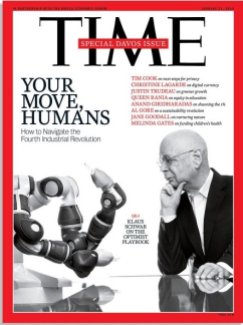 He enthuses: “While it may not feel momentous to those of us experiencing a series of small but significant adjustments to life on a daily basis, it is not a minor change—the Fourth Industrial Revolution is a new chapter in human development, on a par with the first, second and third Industrial Revolutions, and once again driven by the increasing availability and interaction of a set of extraordinary technologies”. (5)
He enthuses: “While it may not feel momentous to those of us experiencing a series of small but significant adjustments to life on a daily basis, it is not a minor change—the Fourth Industrial Revolution is a new chapter in human development, on a par with the first, second and third Industrial Revolutions, and once again driven by the increasing availability and interaction of a set of extraordinary technologies”. (5)

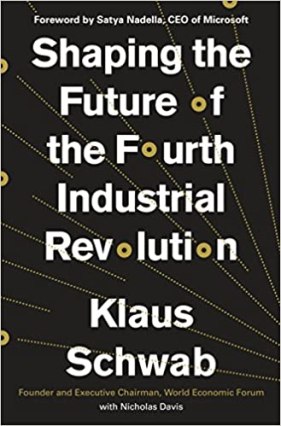 But this does not stop him presenting them in a positive light, as when he declares that “public crime is likely to decrease due to the convergence of sensors, cameras, AI and facial recognition software”. (27)
But this does not stop him presenting them in a positive light, as when he declares that “public crime is likely to decrease due to the convergence of sensors, cameras, AI and facial recognition software”. (27)


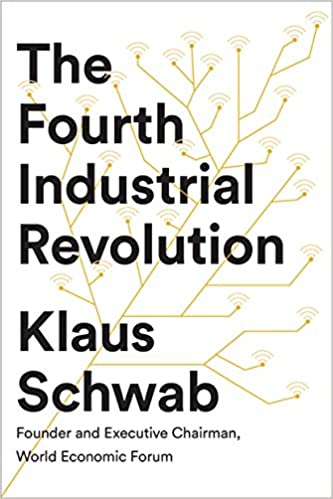 “This gives rise to an inequality that goes beyond the societal one described earlier. This ontological inequality will separate those who adapt from those who resist—the material winners and losers in all senses of the words. The winners may even benefit from some form of radical human improvement generated by certain segments of the fourth industrial revolution (such as genetic engineering) from which the losers will be deprived. This risks creating class conflicts and other clashes unlike anything we have seen before”. (51)
“This gives rise to an inequality that goes beyond the societal one described earlier. This ontological inequality will separate those who adapt from those who resist—the material winners and losers in all senses of the words. The winners may even benefit from some form of radical human improvement generated by certain segments of the fourth industrial revolution (such as genetic engineering) from which the losers will be deprived. This risks creating class conflicts and other clashes unlike anything we have seen before”. (51)
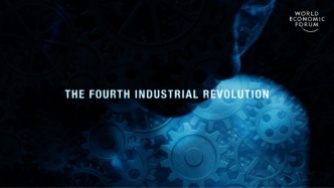 One of these “narratives” whitewashes the reasons for which 4IR technology needs to be installed everywhere in the world as soon as possible.
One of these “narratives” whitewashes the reasons for which 4IR technology needs to be installed everywhere in the world as soon as possible.